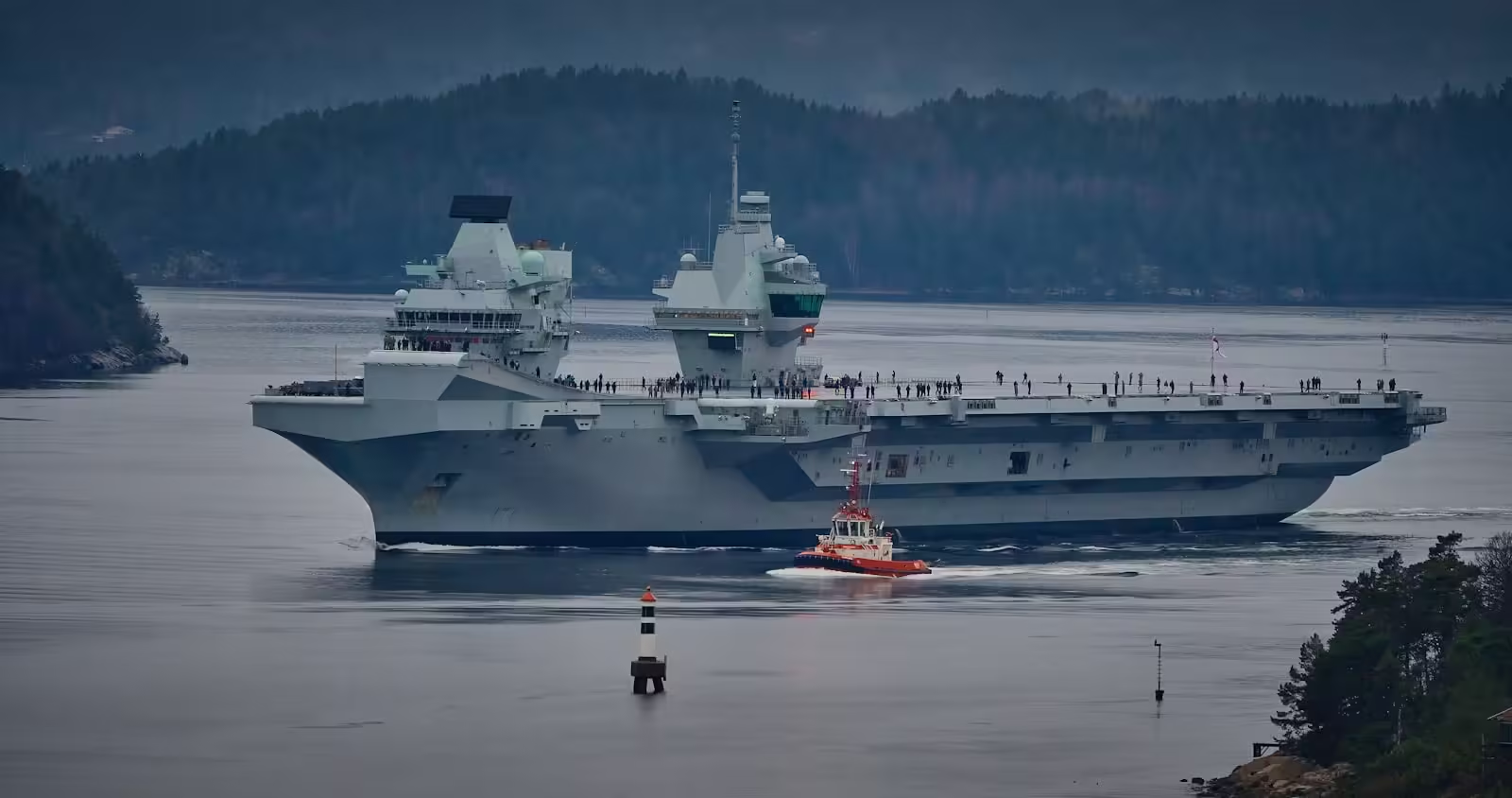
Table of Contents
Summary and Main Idea: Admiral Kuznetsov, the flagship aircraft carrier of the Russian Navy, is beset by endless problems, and doubts about his ability to remain in service. The mazut-fueled ship – which is notorious for producing thick, black smoke – has experienced a number of problems, including structural damage, fires and long maintenance delays. During the 2011 Mediterranean deployment, it was feared to have sunk, but somehow, it returned to Russia.

-Since 2018, the vessel has been undergoing a refit plagued by accidents, corruption, and additional delays. The latest reports suggest that the carrier won’t reenter service until at least 2024, if ever.
Will Russian Aircraft Carrier Admiral Kuznetsov Ever Sail Again?
Admiral Flota Sovetskogo Soyuzha Kuznetsov, or simply Admiral Kuznetsov, is the flagship aircraft cruiser of the Russian Navy. So many jokes can be made about it that most comedians will run out of time before they run out of material.
There are numerous problems with the doomed carrier and it is uncertain when the Cold War warship will return to duty.
The Navy Feared Russia’s Only Aircraft Carrier Could Sink
It is worth noting that in late 2011, several US Navy officials expressed concern that Russia’s lone carrier, which was making only its fourth trip from its northern base to Russian naval installations in Syria, could sink into the Mediterranean Sea.
According to reports, concern was so high that the US Navy’s Sixth Fleet was assigned to stay in touch in case the carrier was destroyed.
Admiral Kuznetsov was sent to the Mediterranean, and two years ago, he had a fire at sea that killed a sailor on board, so suspicion was justified. Additionally, hundreds of tons of gasoline spilled into the water during the refueling process of the flattop, which was known for its frequent and infamous belches of black smoke.

Unlike western vessels that use gas turbines or nuclear power, the Russian flattop uses mazut as fuel, which often results in a trail of heavy black smoke that can be seen from great distances. Such a smoke signal is hardly ideal as it practically announces the location of the carrier.
Moreover, a flattop can stay afloat for a maximum of 45 days, and there are not many ports in Russia where an aircraft cruiser can be used year-round. The carrier was frequently accompanied by tugs during deployment in case it broke. What’s worse is that the Russian designs are not suitable for a carrier because it requires the aircraft to be launched using a bow ski ramp.
She Made It Home to Russia (Barely)
Although it is difficult to determine whether the US Navy exaggerated its fears or intended to harm the Russian cruiser (not much work was required), Admiral Kuznetsov managed to reach Syria and return to her home port of nearby Severomorsk. to Murmansk.
However, the problem did not get better; In late 2015, the carrier broke down during a storm and needed to be brought back into port.
According to the Kremlin’s initial plan, the warship was to be decommissioned by the end of the decade, but it is unclear whether it will return to duty in time.
Since 2018, the ship has been undergoing renovations, and until recently, it was the warship will not be put back on duty until 2024, it said, due to another delay in repairs.
Due to work glitches, the Admiral Kuznetsov will spend longer than expected in dry dock for renovations, a Russian military ministry source told state media.

The time already spent in the repair facilities hasn’t really improved matters, and in some ways, those efforts have been to blame for the delays.
In November 2018, Admiral Kuznetsov was damaged when a 70-ton floating crane fell on the warship’s flight deck, which tragically killed one worker and injured four more.
A welding accident in the engine room caused a fire a year later, killing two people and injuring fourteen more from smoke and fire inhalation. Renovations were further delayed by power outage damage to the actual drydock, which was in need of repairs.
The lack of progress in the renovation of carriers is partly a result of corruption. Yevgeny Zhudin, general director of Shipyard No. 10 in Poliarny, was detained in March 2021 on suspicion of stealing 45 million rubles, or about $600,000, set aside for the restoration of the Russian Navy’s Northern Fleet flagship.

Considering these aspects, the wisest course of action would be for the Kremlin to abandon this miserable warship and minimize its losses.
By now, the carrier is really the world’s biggest farce (or, depending on your point of view, just floating), and it’s essentially a hole in the ocean that Russia is pouring money into with no end in sight.
About the Author: Peter Suciu
Michigan-based author Peter Suciu has written for more than forty magazines, newspapers, and websites. He frequently writes on foreign affairs, military hardware, firearms history, and cyber security. Additionally, Peter contributes writing to Forbes.
READ | Repeat: Russia’s Su-34 fullback fighter-bomber nightmare is real
READ | USS Long Beach: A powerhouse cruiser that was the last of the Navy
READ | Beast Mode: The F-35 has a top-secret weapon that Russia can’t match
READ | Last night Russia launched a drone, cruise and ballistic missile attack on the S-500 in Crimea.
READ | U.S. The Navy’s Ford-Class Aircraft Carriers: The 4 Things Best to Sell


4 thoughts on “The Navy feared that Russia’s only aircraft carrier could be sunk”